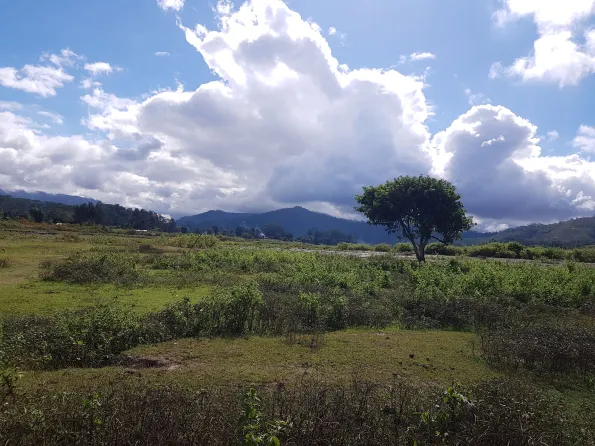Despite Timor-Leste’s rich oil & gas reserves, the nation struggles with nation building and skilled workers. More than 30% of adults can’t
read, right or do basic math, 40% of the population live below the poverty line, almost 50% of all deaths in women are related to childbirth, many children are stunted due to malnutrition, and the 70% of people who live in rural areas have limited access to even the most basic health services.
Timor-Leste gained independence in 1999, after a 25-year occupation by Indonesia. Prior to the Indonesian invasion in 1975, Timor-Leste was a Portuguese colony for 460-years.
Our current projects are focusing on providing access to basic health and lifestyle information via a community radio station. This removes the need to travel to & from a school allowing villagers to learn as they go about their daily tasks as subsistence farmers. Radio also allows us to reach those who do not have literacy & numeracy skills, removing a barrier and providing empowerment through education to all.
Radio transmitting equipment has been delivered and we now need to build the transmission tower that will provide more than 8,000 people living in the village of Gleno with access to this information.

The project costs are estimated at $3,000 USD (~$3,900 AUD).
If we exceed our target, the surplus will be allocated to the development of future ON-AIR programs.
Fast Facts
- Population: 1.29 million (July 2017 est.)
- Life expectancy: 68.4 years (66.8 years male, 70.1 years female) (2017 est.)
- Infant mortality: 35.1 deaths/1,000 live births (2017 est.)
- Under-5 mortality*: 53 deaths/1,000 live births (2016 est.)
- Maternal mortality: 215 deaths/100,000 live births (2015 est.)
- Adult literacy rate: 67.5% (71.5% male, 63.4% female) (2015 est.)
- Access to improved drinking water: 71.9% (95.2% urban, 60.5% rural)
- Access to improved sanitation: 40.6% (69% urban, 26.8% rural)
- Labour force participation rate^: 52% male, 24% female (2017 est.)
- GDP per capita: $5,000 (2017 est.)
Source: CIA World Factbook, *UNICEF, ^World Bank

